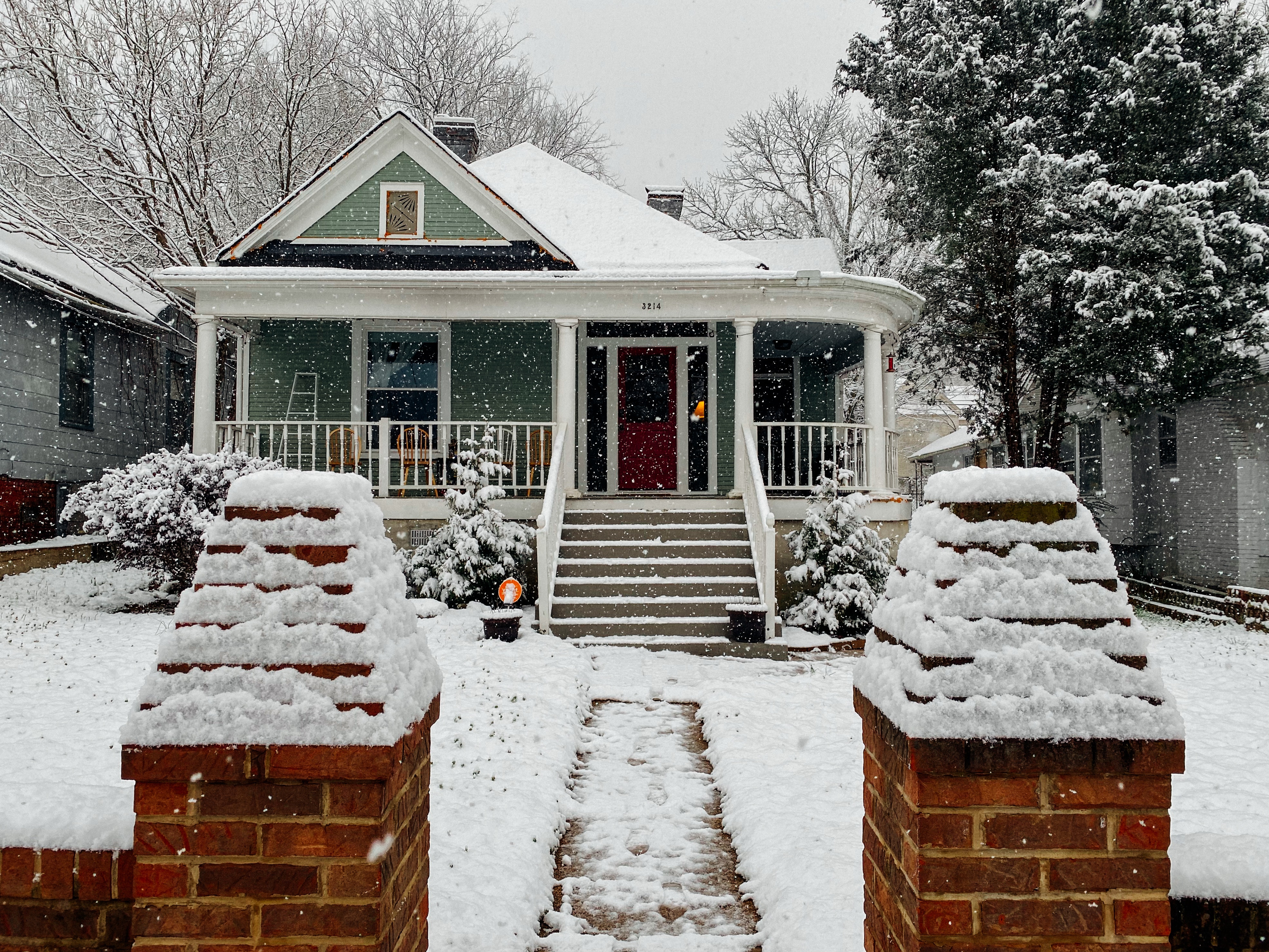Road salt practices to protect the environment
Did you know that excess road salt can impact drinking water sources?

Be proactive and include environmental best practices into your winter maintenance plan for home or work. This can help reduce the amount of salt entering our surface and groundwater sources and help to reduce the use of this commonly overused ice melter.
| One 10kg bag of road salt can melt the equivalent area of an NHL hockey rink! 1 cup of road salt will melt the area of 1.5 parking spots. |
Best practices for home and work:
- Use salt alternatives such as sand or non-clumping kitty litter.
- Don’t over salt and use only what’s needed to melt the snow or ice on your driveway or sidewalk.
- Shovel or sweep as soon as possible after or during a snowfall to limit snow and ice accumulation.
- Divert snow away from storm sewers.
- Pile snow where it won’t melt across paved surfaces where it can re-freeze.
| Apply salt on icy areas only and allow time for it to work. Salt doesn’t work below -10 °C! |
- Do not apply salt if it is raining or if rain is expected as it will only wash away.
- Direct downspouts away from driveways and sidewalks.
- Clear storm drains to avoid blockages that can cause meltwater to accumulate and freeze.
- Sweep up loose salt, sand and de-icer to prevent it from entering a watercourses in runoff when a melt occurs and return to your storage area for future use.
Contact Us
250 Milroy Drive
Peterborough, ON K9H 7M9
Voice: 705-745-5791
Fax: 705-745-7488
Email: otonabeeca@otonabeeconservation.com
Subscribe to our News
Stay up to date on Otonabee Conservation's activities, events, programs and operations by subscribing to our News.
